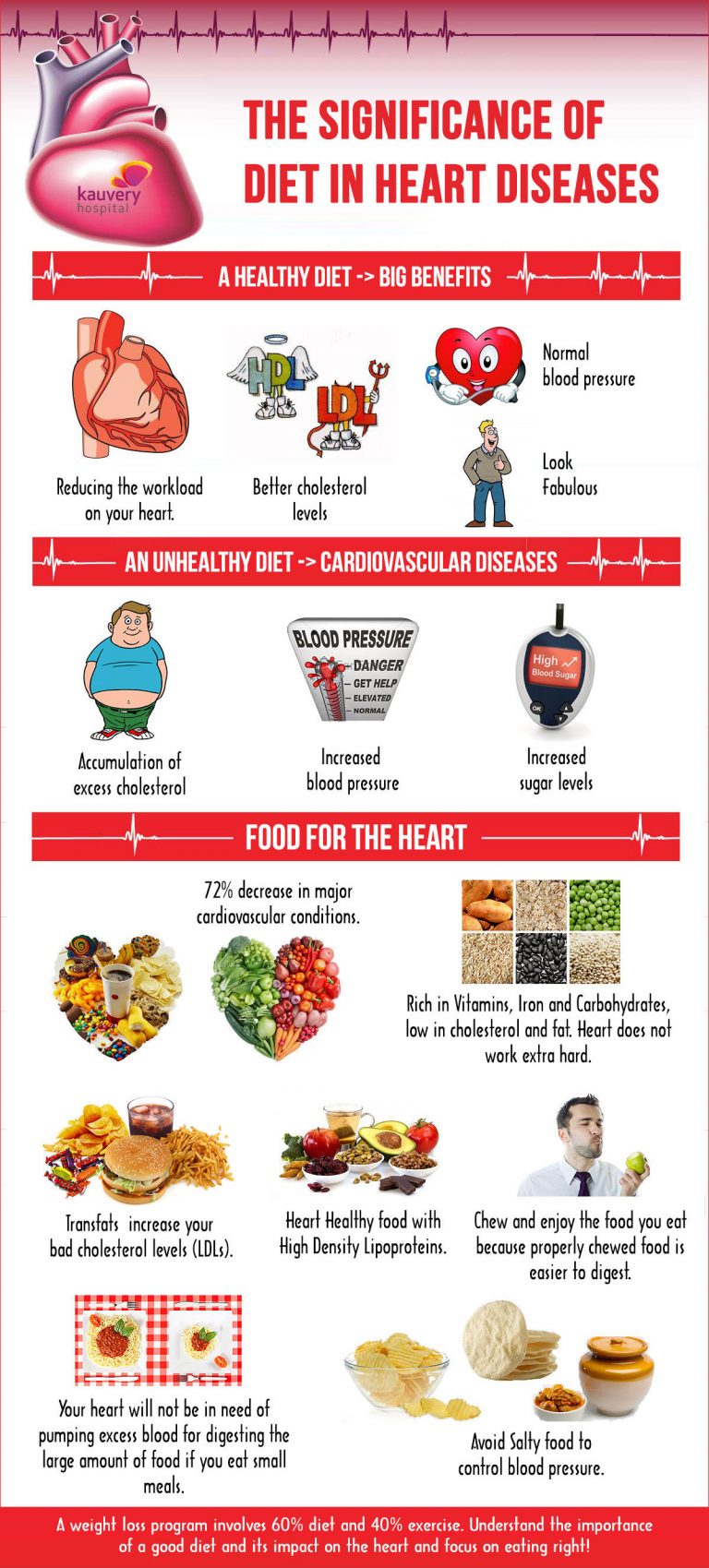
It is important that middle school students are exposed to a nutritional curriculum. These materials aim to help students make healthy food choices. The nutrition curriculum uses the Nutrition Facts label as its starting point and includes fun, hands-on activities that introduce nutrition concepts like calories, serving sizes, and nutrients. The curriculum is targeted at all grade levels and emphasizes inquiry-based teaching. It is aligned with education standards. Parents should choose middle school nutrition curriculums that meet their child's interests and needs.
This middle school nutrition curriculum's primary goal is to teach students about nutritious eating. Many of the resources are packaged and are easily adaptable to suit the needs of elementary schools. Some resources can be downloaded for free from the Internet and used in the classroom. These resources can't be downloaded directly from WeTeachNYC. They link to another website. Some of these resources are suitable for middle school settings, but others are better suited to more specific situations.

Despite lack of scientific evidence, school-based nutrition interventions offer professional development for educators. Overall attendance at these sessions is high, but implementation rates vary significantly from 30% to 90%. A study showed that teachers who were more enthusiastic were more successful in implementing the behaviorally based nutritional curriculum. Researchers suggested that this may have contributed in part to the non-significant results. It is vital to ensure that middle school nutrition curriculums address the nutritional needs of students.
A healthy middle school curriculum will incorporate special events like health fairs, assemblies, and guest speakers to teach nutrition. These activities were mentioned by nearly three quarters of middle schools in a recent survey as part of their nutrition education. Sixty-seven per cent of schools hosted a health fair while fifty-three percent had an assembly. Teachers can benefit from this great resource if they want to reach a broad audience.
The curriculum should focus on healthy eating habits. The nutrition curriculum should integrate with other academic subjects. School should have a student's daily routine and eating habits. It should be a part of the curriculum, which is taught during the first three years of middle school. It should be integrated in the school's daily lives. It is important that the teacher incorporates nutrition education in every aspect of middle school life. It is an integral aspect of the health education and wellness.

Implementing middle school nutrition programs can be challenging. It can be tedious and time-consuming to ensure that all students are getting the correct information. Many schools do not have an appointed coordinator for nutrition education. Instead, teachers are responsible in implementing their own lessons. Teachers must be aware of what makes a lesson a success or not. They must be familiar with the different types of food and how to include them in their meals.
FAQ
How often should i exercise?
Fitness is key to a healthy lifestyle. There is no time limit on how much you should exercise. It is important to find something that you enjoy and stay with it.
When you exercise three times per week, aim for 20-30 minutes moderate intensity. Moderate intensity means you'll still be breathing hard after you've finished. This type is good for burning around 300 calories.
You can walk for 10 minutes every day if that is what you prefer. Walking is low-impact and easy on the joints.
Jogging three times a week for 15 mins is enough if you want to run. Running is a great exercise to build muscle tone and burn excess calories.
You should start slowly if it's your first time exercising. Begin by only doing 5 minutes of cardio five times per week. Gradually increase the amount of cardio you do until you reach your goal.
What causes weight loss as we age?
How can you tell if your bodyweight has changed?
If there are less calories than muscle mass, then weight loss is possible. This means that you must consume more calories than you use daily. Activity levels are the most common reason for weight loss. Other causes include illness, stress, pregnancy, hormonal imbalances, certain medications, and poor eating habits. If there is more body fat than muscle mass, then weight gain can occur. It occurs when people eat more calories than what they use in a given day. The most common causes are overeating, increased activity, hormonal changes, and excessive calories.
The main reason why our bodies lose weight is because we consume fewer calories than we burn. By exercising regularly, our metabolism rates increase which in turn burns more calories during the day. But, this does not mean that we will be thinner. It is important to know if we are losing weight or gaining muscle. We will lose weight if we burn more calories than we consume. But, if we consume far more calories than what we burn, then we actually store them as fat.
As we age we tend to be slower in moving and thus we don't move nearly as much. We also tend eat less than we used to. As a result, we gain weight. On the other hand, we have more muscle mass and look larger than we actually are.
It's not possible to measure how much weight your body has lost without weighing yourself every week. There are many methods to measure your weight. There are many ways to measure your weight. You can check your waist, hips, thighs, arms and legs. Some people prefer to use a bathroom scale while others prefer to measure with tape.
Track your progress by measuring your waistline and weighing yourself every week. You can also take photos of your self every few months to track how far you've come.
You can also find out how much you weigh by looking up your height and weight online. If you're 5'10' tall and weigh 180lbs, you'd likely weigh 180lbs.
These are 5 ways you can live a healthy and happy life.
A healthy lifestyle means eating right, being active, getting enough sleep, managing your stress levels, and having fun. You should avoid processed foods, sugar, or unhealthy fats. Exercise helps burn calories and strengthens muscles. Sleeping enough is good for memory and concentration. Stress management can reduce anxiety and depression. Fun keeps us happy and healthy.
What should I be eating?
Get lots of fruits & vegetables. These vegetables and fruits are rich in vitamins and minerals that will keep your immune system strong. Fruits and veggies are also high in fiber, which makes them filling and helps with digestion. Aim to eat five to six servings of fruit each day.
Make sure you drink plenty of water too. Water flushes out toxins and helps you feel full between meals. Drink about eight glasses each day.
Choose whole grains over refined grains. Whole grains have all their nutrients intact, including B vitamins, iron, zinc, magnesium, calcium, and protein. Refined grain has lost some of its nutrition.
Sugary drinks are best avoided. Sugary drinks have empty calories and are a major contributor to obesity. Choose water, milk or unsweetened tea instead.
Avoid fast food. Fast food lacks nutritional value. You won't get the energy you need to function well, despite how delicious it may be. Use healthier options, such as soups, sandwiches, salads, and pasta.
Limit your alcohol consumption. Avoid alcohol as it can cause empty calories and poor nutrition. Limit yourself to no more than two alcoholic beverages a week.
Red meat consumption should be reduced. Red meats contain high amounts of saturated fats and cholesterol. Instead, choose lean cuts of beef and pork, lamb, chicken or fish.
What is the difference of a virus from a bacteria?
A virus is a microscopic organism that cannot reproduce outside its host cell. A bacterium (or single-celled organism) reproduces by splitting itself into two. Viruses are small, around 20 nanometers in size. Bacteria are much larger, at 1 micron.
Viruses can be spread by contact with bodily fluids containing infected substances, such as saliva, urine and semen. Bacteria are usually spread through direct contact with contaminated objects or surfaces.
Viruses may enter the body through cuts, scrapes. bites, or any other break in the skin. They can also enter the body through the mouth, nose, eyes and ears, vaginal, rectum or anus.
Bacteria can get into our bodies through cuts, scrapes and burns, insect bites, or other skin breaks. They can also get into our bodies via food, water or soil.
Viruses and bacteria both cause illness. Viruses can not multiply within the host. They infect only living cells, causing illness.
Bacteria can grow in their hosts and cause disease. They can infiltrate other parts of the body. We need antibiotics to get rid of them.
How can I live my best everyday life?
Finding out what makes your heart happy is the first step to living a fulfilled life. You can then work backwards once you know what makes YOU happy. You can also ask others how they live their best lives everyday.
You can also read books by Wayne Dyer, such as "How to Live Your Best Life". He talks about how to find happiness and fulfillment at all stages of our lives.
Statistics
- WHO recommends consuming less than 5% of total energy intake for additional health benefits. (who.int)
- WHO recommends reducing saturated fats to less than 10% of total energy intake; reducing trans-fats to less than 1% of total energy intake; and replacing both saturated fats and trans-fats to unsaturated fats. (who.int)
- nutrients.[17]X Research sourceWhole grains to try include: 100% whole wheat pasta and bread, brown rice, whole grain oats, farro, millet, quinoa, and barley. (wikihow.com)
- This article received 11 testimonials and 86% of readers who voted found it helpful, earning it our reader-approved status. (wikihow.com)
External Links
How To
How to keep yourself motivated to exercise and eat well
Staying healthy is possible with these motivation tips
Motivational Tips To Stay Healthy
-
Create a list of your goals
-
Realistic goals
-
Be consistent
-
Reward yourself when your goal is achieved
-
Do not give up even if you fail your first attempt.
-
Have fun